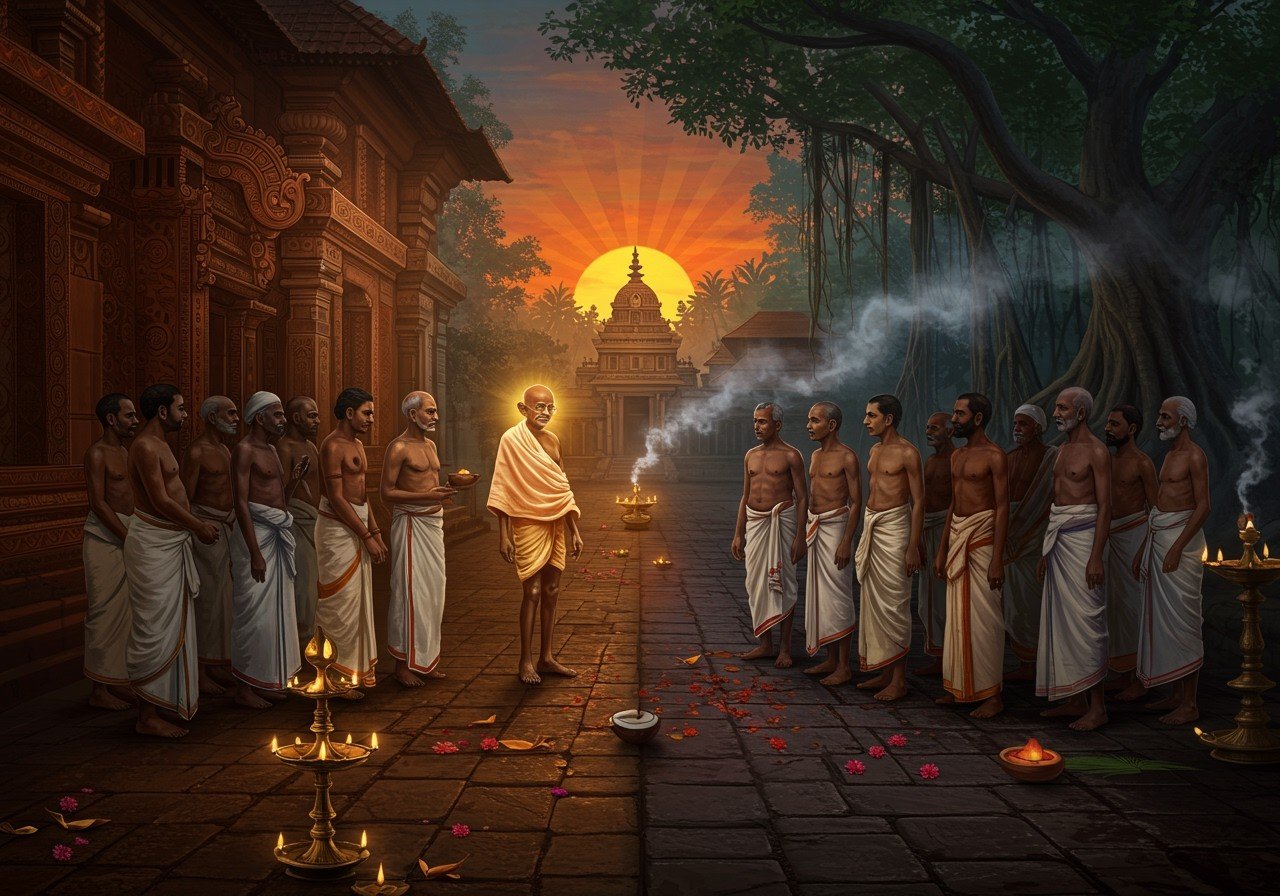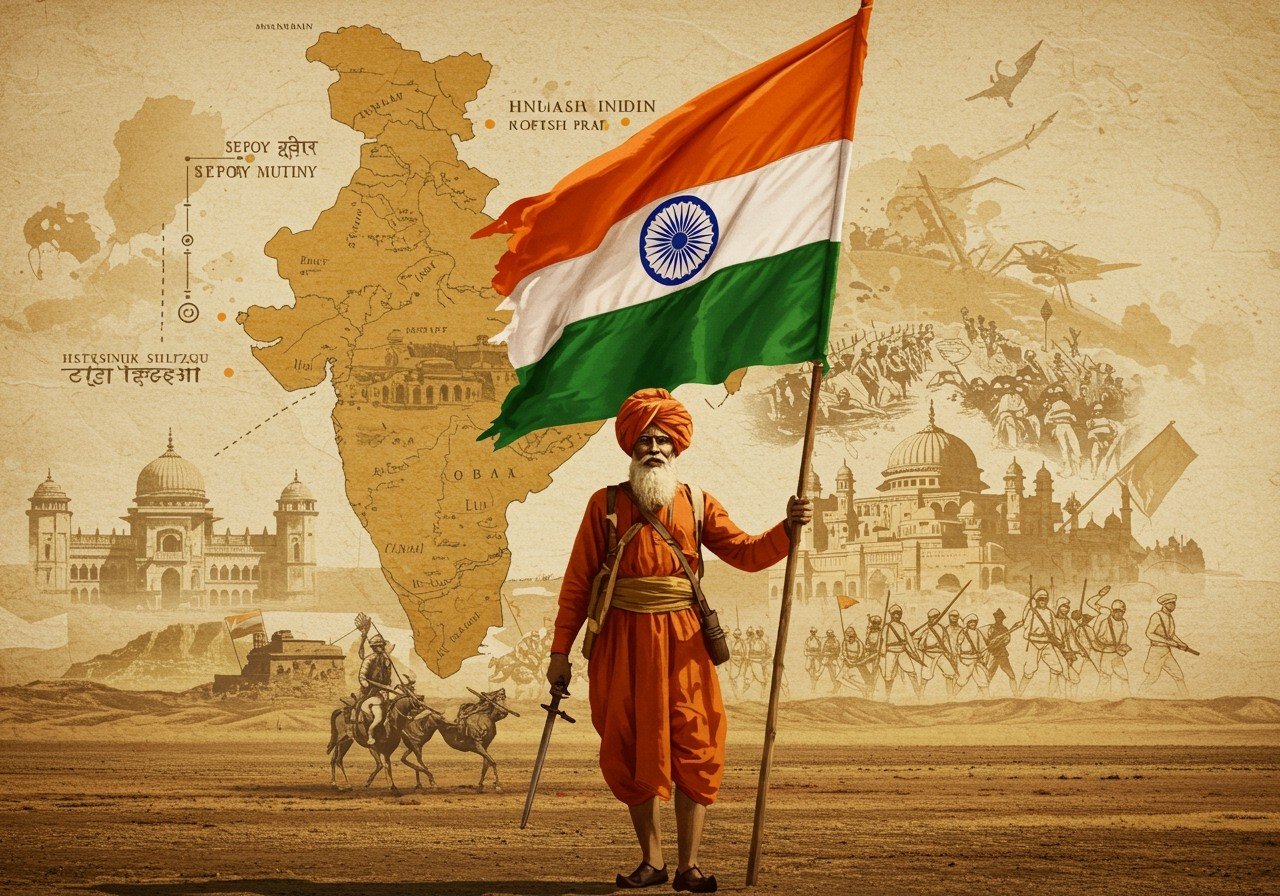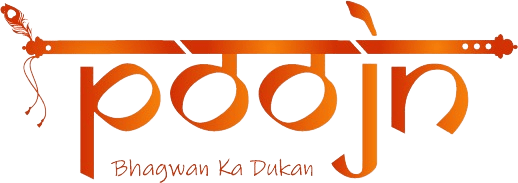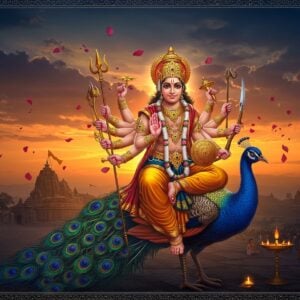

Every family in India has stories, passed down through generations, about a time that feels both distant and deeply personal. This is the story of the British Raj, the period from 1858 to 1947 when our country was under direct British rule. It was an era of immense change, of great conflict, and of an unbreakable spirit that ultimately led to our freedom. This isn’t just a chapter in a history book; it’s a part of our collective memory, a ‘virasat’ that influences our culture, our society, and who we are today.
Sweeping Changes: A New India Takes Shape
The arrival of British governance brought about transformations that touched every corner of Indian life. While these changes were often implemented to strengthen colonial control, they also laid the groundwork for the modern India we know.
- Economic and Infrastructural Overhaul: The British built a vast network of railways, roads, and canals across the subcontinent. While their primary goal was to transport raw materials like cotton and jute to ports for export to England, this infrastructure connected our country in ways never seen before. However, this progress came at a great cost. Our world-renowned traditional industries, like the fine textiles of Bengal, faced a steep decline, unable to compete with British factory-made goods. Agriculture was commercialized, forcing farmers to grow cash crops, which often led to devastating famines and hardship for the common people.
- Social and Administrative Reforms: A centralized system of governance was established, and Western education was introduced. This created a new class of English-speaking, educated Indians who would later become the vanguards of the freedom movement. Social evils like Sati were abolished, but at the same time, British policies often deepened existing social divides. It was a time of great social churning, where our age-old traditions met new Western ideas, leading to both reform and resistance.
The Sangharsh for Swaraj: A Nation Rises
The story of British rule in India is also the inspiring story of our struggle for independence. The desire for freedom was a fire that burned in the heart of the nation, growing stronger with every injustice.
- The First War of Independence (1857): What the British called the ‘Sepoy Mutiny’ was, for us, the first major united uprising against colonial rule. Sparked by a combination of social, economic, and political grievances, this rebellion shook the foundations of the British Empire in India and marked the end of the East India Company’s rule, bringing India directly under the British Crown.
- The Rise of the Freedom Movement: The spirit of 1857 never died. It evolved into an organized, nationwide anti-colonial movement. Great leaders like Mahatma Gandhi emerged, introducing the world to the powerful ideas of non-violent resistance and Satyagraha. The movement grew, uniting people from all walks of life in the common cause of ‘Swaraj’ or self-rule.
Upholding Our Traditions Amidst the Storm
Through all these decades of upheaval, what kept our spirit alive? It was our deep-rooted culture and timeless traditions. The daily puja in our homes, the vibrant celebration of our festivals, the stories from our scriptures—these were not just rituals; they were acts of preserving our identity. They were our anchor in a storm of change.
At poojn.in, we are humbled to help you continue this sacred legacy. In today’s fast-paced world, keeping our traditions alive is more important than ever. We bring you authentic, high-quality items to ensure your rituals are performed with the devotion they deserve.
From beautifully crafted holy idols that bring divinity to your home, to a complete range of Pooja Samagri for every occasion, we are your trusted partner in faith. Explore our collection and connect with your roots, conveniently and authentically.
The Enduring Legacy of the Raj
When the British finally left in 1947, they left behind a nation that was free but also scarred by the pain of Partition. The legacy of the Raj is complex and something we still talk about. The democratic systems, the administrative services, and the English language are all part of this inheritance. But so are the economic challenges and social fault lines that were created or deepened during that time.
Understanding this period of our history helps us appreciate the freedom we have today and the resilience of our ancestors. It is a reminder of our strength, our unity, and the incredible journey of our nation.
Understanding the Era of British Governance
Many people have questions about this pivotal time in our history. Let’s explore some common queries to get a clearer picture.
What exactly was the British Raj? The term ‘British Raj’ refers to the period of direct British rule over the Indian subcontinent, which officially began in 1858 after the First War of Independence and lasted until India gained its freedom in 1947. It was a time when our country’s administration was controlled by the British Crown.
What brought the British to India in the first place? Initially, the British came to India not as rulers, but as traders. The British East India Company was formed to trade in valuable goods like spices, silk, and cotton. Over several decades, through politics and military power, this trading company gained immense control, paving the way for direct British governance.
How did our leaders fight back against such a powerful empire? The Indian freedom struggle was a long and arduous one, led by extraordinary leaders. Visionaries like Mahatma Gandhi, Jawaharlal Nehru, and Sardar Vallabhbhai Patel, among many others, inspired millions of Indians. They used powerful methods, most notably Mahatma Gandhi’s philosophy of non-violent resistance, to challenge British authority and demand independence.
When and how did this period finally come to an end? The British Raj ended on August 15, 1947, when India achieved independence. This historic moment was the culmination of decades of relentless struggle, non-violent protests, and negotiations led by our freedom fighters. The British Parliament passed the Indian Independence Act, which partitioned British India into the two new independent dominions of India and Pakistan.


